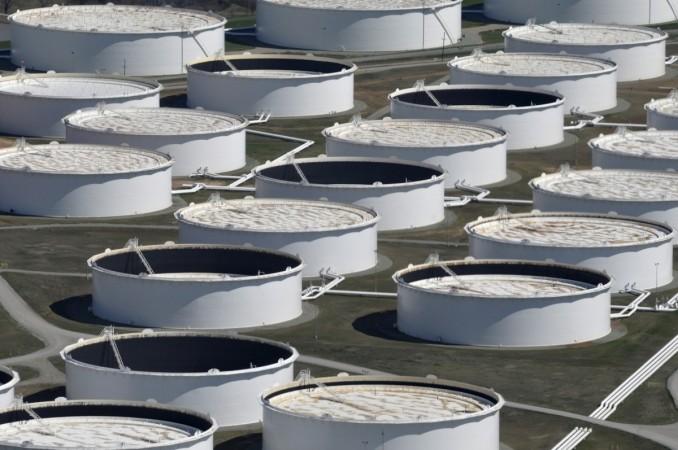
The spike in global crude prices this month that took oil analysts off guard is reversing, with the last three trading sessions seeing a sharp reduction in prices. The immediate trigger was the talks between Russia and Saudi Arabia over increasing output by 1 million barrels per day to offset the supply reductions from Iran and Venezuela.
Analysts believe that OPEC and Russia may finalise an output increase at a meeting scheduled on June 22. Until then oil prices could hold steady or edge down, in anticipation of the increase in supply by OPEC and Non-OPEC members, analysts at HDFC Bank have said.
The analysts said in an emailed research note that the period of low oil prices is over – for at least 2018. "We have seen upside risks to oil prices rise substantially over the last few months. In our view, a significant fraction of the risks appear to be ''priced in" and indeed some of these might abate over time."
The treasury researchers at the bank say oil prices could average at $70-72 per barrel this year. However, they add that significant external factors can still add volatility to the oil market. They have put down the following oil market triggers that need to be watched.
1. Saudis will try to boost prices
Saudi Arabia clearly favours higher oil prices as their fiscal deficit target is dependent on oil prices. Riyadh needs oil prices to be close to $88 per barrel to balance its budget. Moreover, the success of Saudi Aaramco's IPO depends on higher oil prices as well.
2. The US position
Thought the US is traditionally loathe to higher oil prices, the fact that it's becoming a major exporter of oil, things have changed. "With the mid-term elections for the houses of Congress due towards the end of this year, President Trump seems against a sharp ramp up in oil prices for fear of alienating his middle and working class voter base."
3. The Venezuela factor
Venezuela is looking down the barrel, and production can progressively decline. The world's biggest holder of oil reserves has seen a 40 percent decline in its oil output since 2015 amid political turmoil and an economic slowdown. Venezuela has seen a reduction in output of 579,000 bpd overshooting its target production cut of only 95,000 bpd. Further, since the election win of President Nicolas Maduro, the risk of US imposing sanctions on Venezuela's oil industry have risen and if imposed could lead to further supply disruptions.
4. Libya supply disruptions
The stagnation in Libya's oil supply at 1mpd over the last year raises questions over the stability and growth in Libya's oil output. This lack of increase in oil supply from Libya has less to do with the production cuts imposed for OPEC members and more to do with the unstable political situation in the country. "Any escalation in political uncertainty in Libya could attenuate the already high over-compliance levels by OPEC members and put pressure on oil prices," the HDFC analysts say.
5. Iran sanctions
Finally, oil supply from Iran can fall further if other countries fall in line with the US and impose sanctions on the country. The analysts are earmarking an up to 1 million barrel per day of drop in Iranian output if the sanctions come in full force.

















